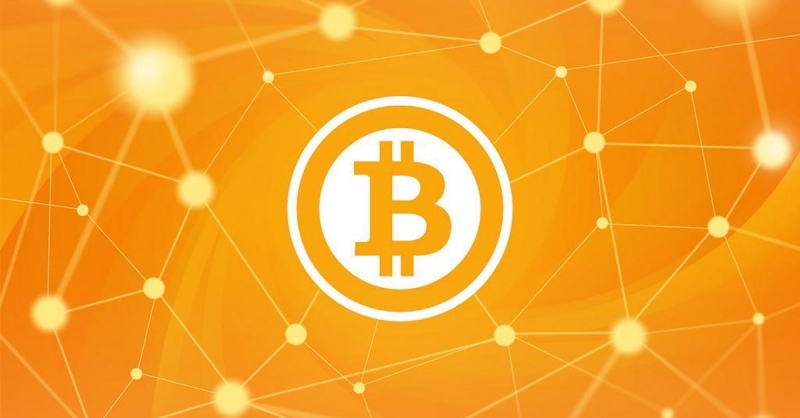Historically, hardware advancements in bitcoin mining have yielded better profit margins. The move to ASICs from CPUs and GPUs brought processing bitcoin transactions to a new level and made old hardware obsolete, meaning those with the fastest and smallest chips brought home the most value.
But, as hardware becomes more complex, that will no longer be true. In short, hardware superiority will be measured by more than nanometers. Investors must start looking at overall performance.
The economics of crypto-mining are rather straightforward. Mining equipment and infrastructure costs are considered capital expenditures (CAPEX) while operational expenditures (OPEX) primarily consist of electricity costs. The success of a mining operation is then based on two fundamental parameters – your cost per terahash/second (TH/S), which is really the price of your equipment; and your Joules per terahash (J/TH), which indicates the power efficiency of your hardware.
Missing from this equation is the cost/benefit analysis of technological innovation.
That needs to change.
Consider the car engine. For years, people assumed that higher engine volumes meant “faster” engines and faster cars. That is, of course, until the advent of turbo-charged, hybrid and electric vehicles. The small volume of a 1.6-liter Formula-1 engine is irrelevant if the race car can achieve 300kmh. In this case – and as will soon be the case with mining hardware – secondary technical characteristics don’t tell the whole story. Performance characteristics will.
In the ever-competitive market for mining ASICs, we’ve already seen a similar effect. Customers, understandably, have expected a serious performance increase when they moved from 16nm ASICs to 7nm ASICs. But one by one, mining vendors fell short. Mining machines based on 7nm technology not only demonstrate unimpressive results, but they also have identical performance characteristics to the massively deployed and well-known 16 and 14nm ASICs.
The cost, however, of producing and releasing these newer chips is (according to multiple experts) astronomical.
Bitfury is leading the way by focusing on improving all performance characteristics of our next generation of hardware. We are looking at all factors, including silicon packaging, chip efficiency, optimal power distribution, cooling designs and speed of development. We think that this will lead to a turnkey solution that delivers the best ROI for our customers – regardless of ASIC size.
In 1993, Intel upended the entire microprocessor market when they released Pentium. Pentium microprocessors were not any smaller than their existing products, but unbelievably faster and more efficient. The “Pentium” effect is coming to the crypto mining industry soon. Bitfury is ready.
Are you?












